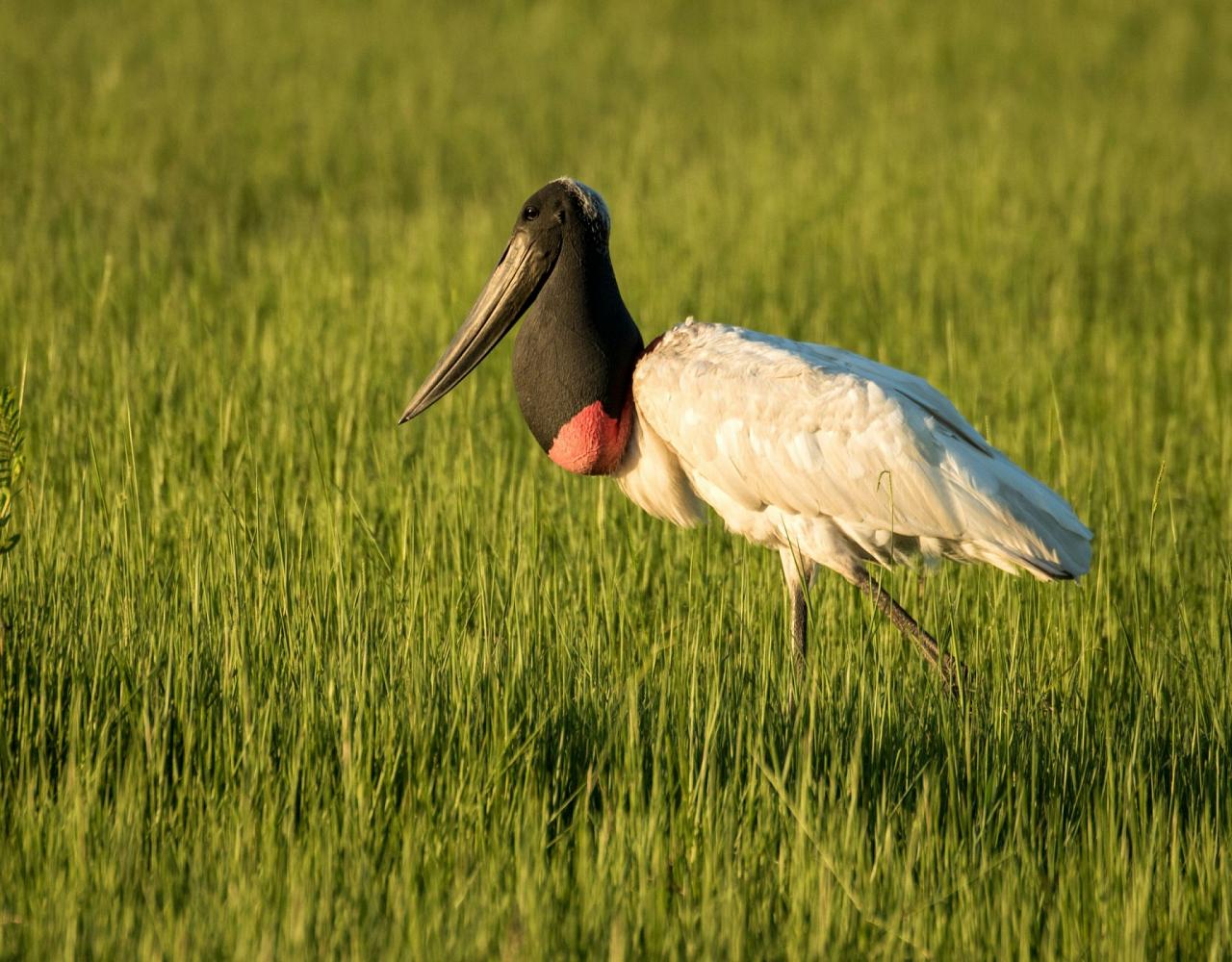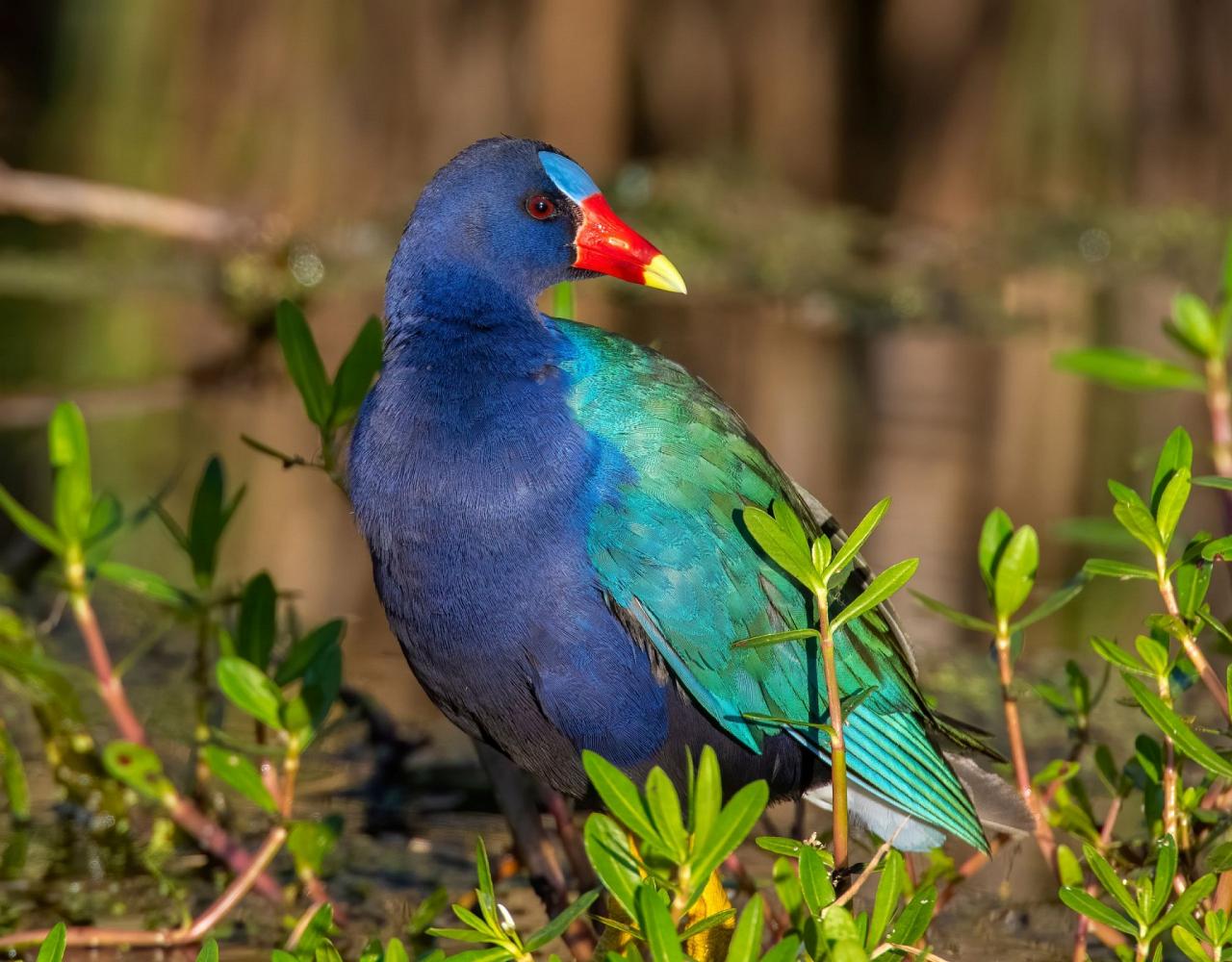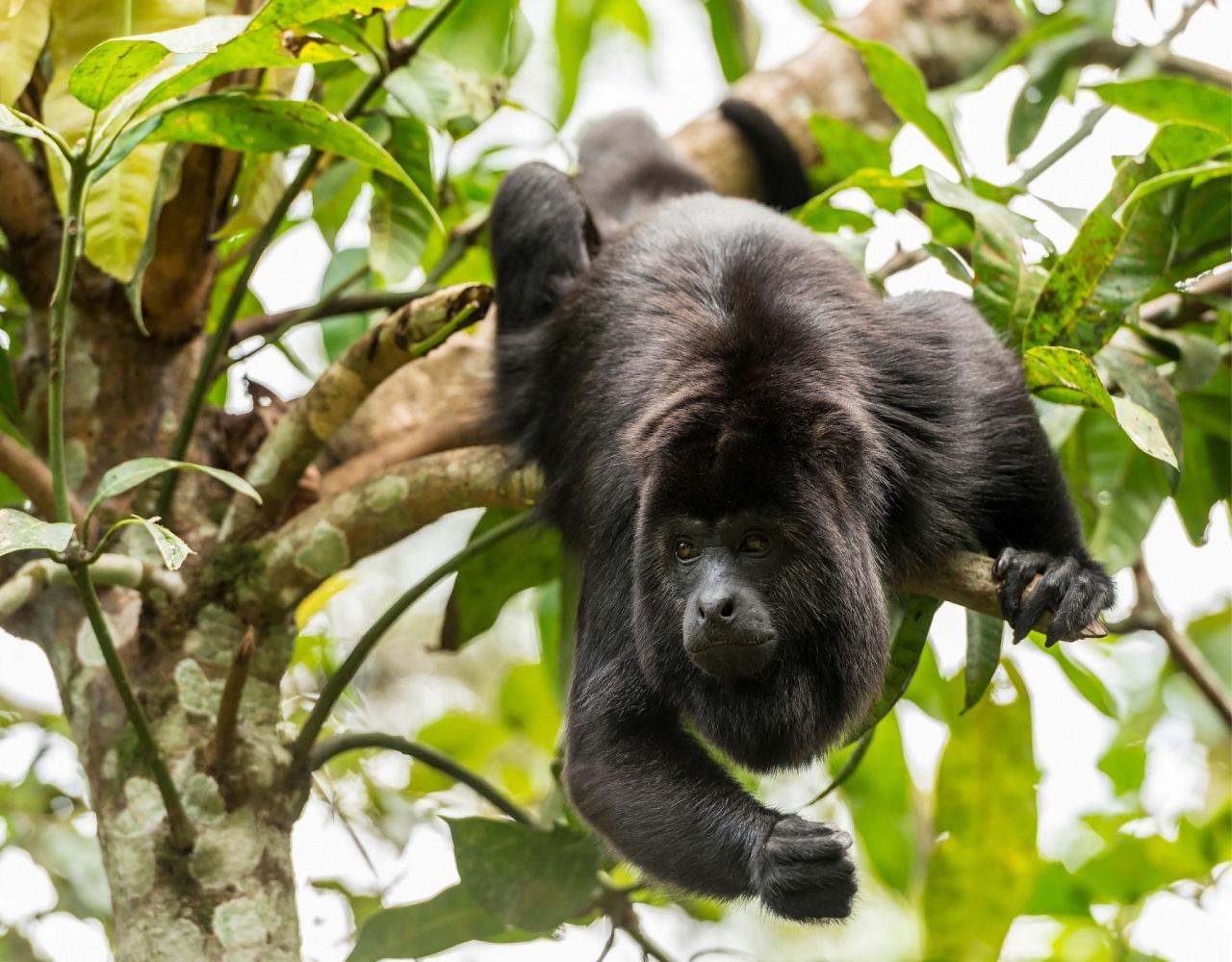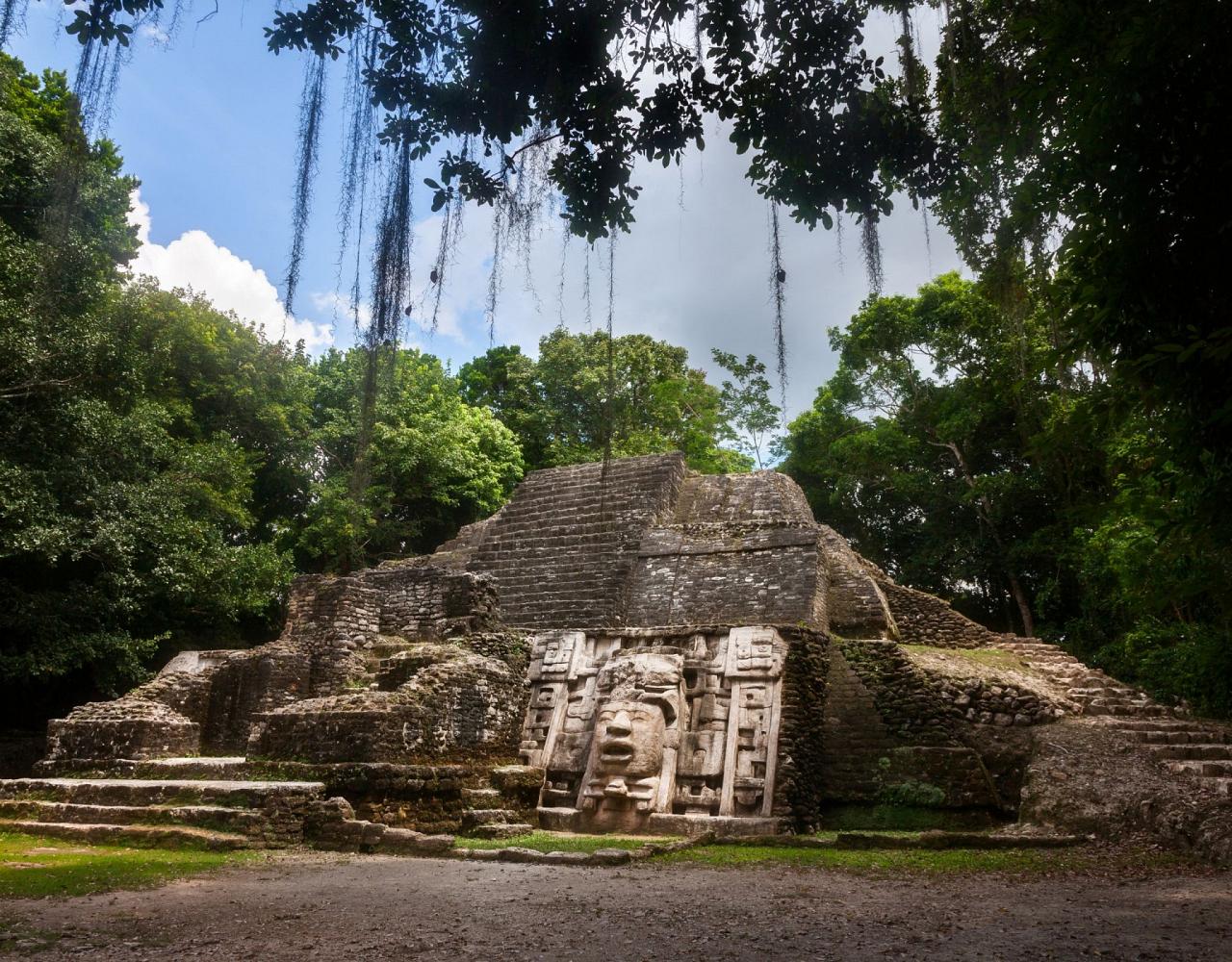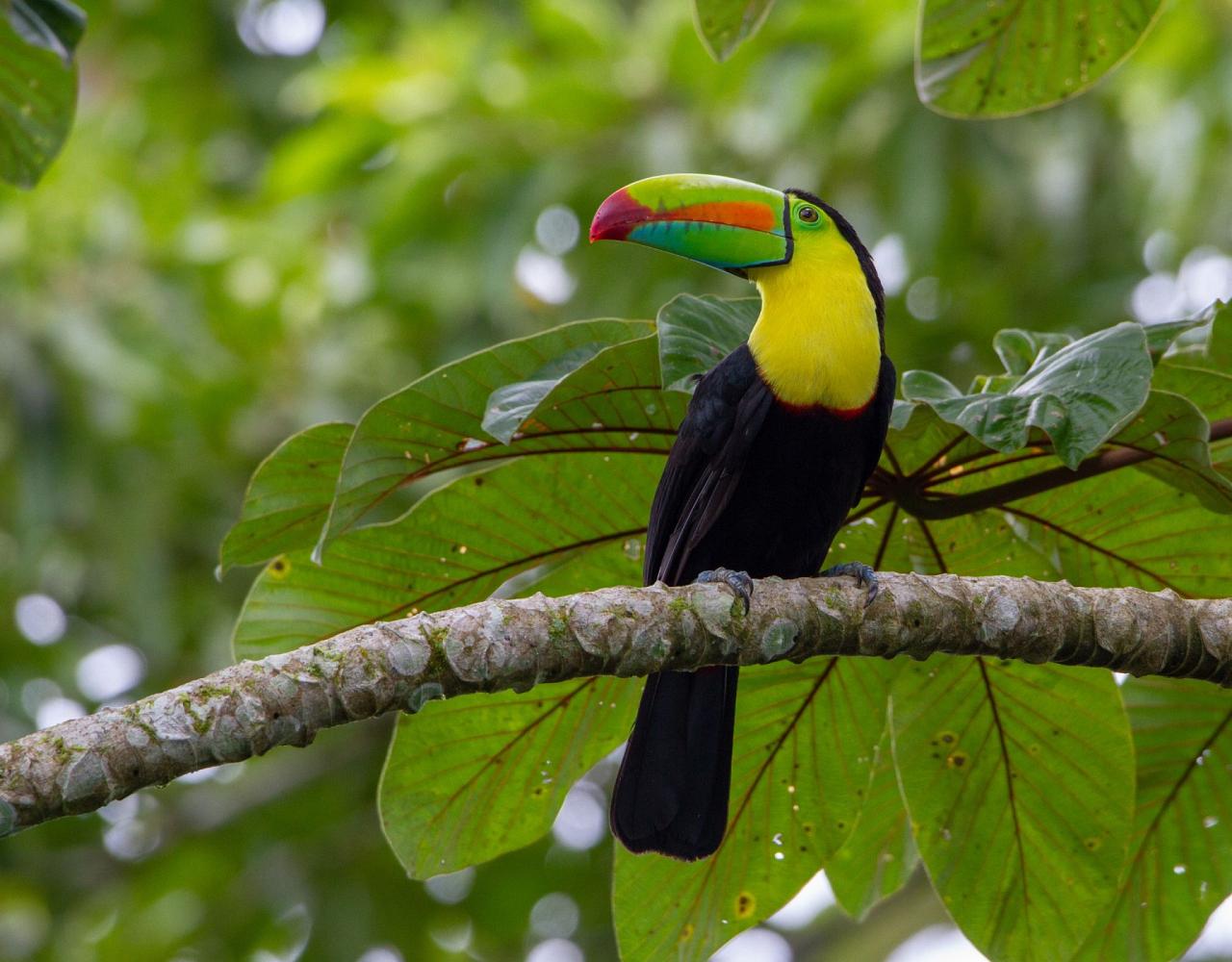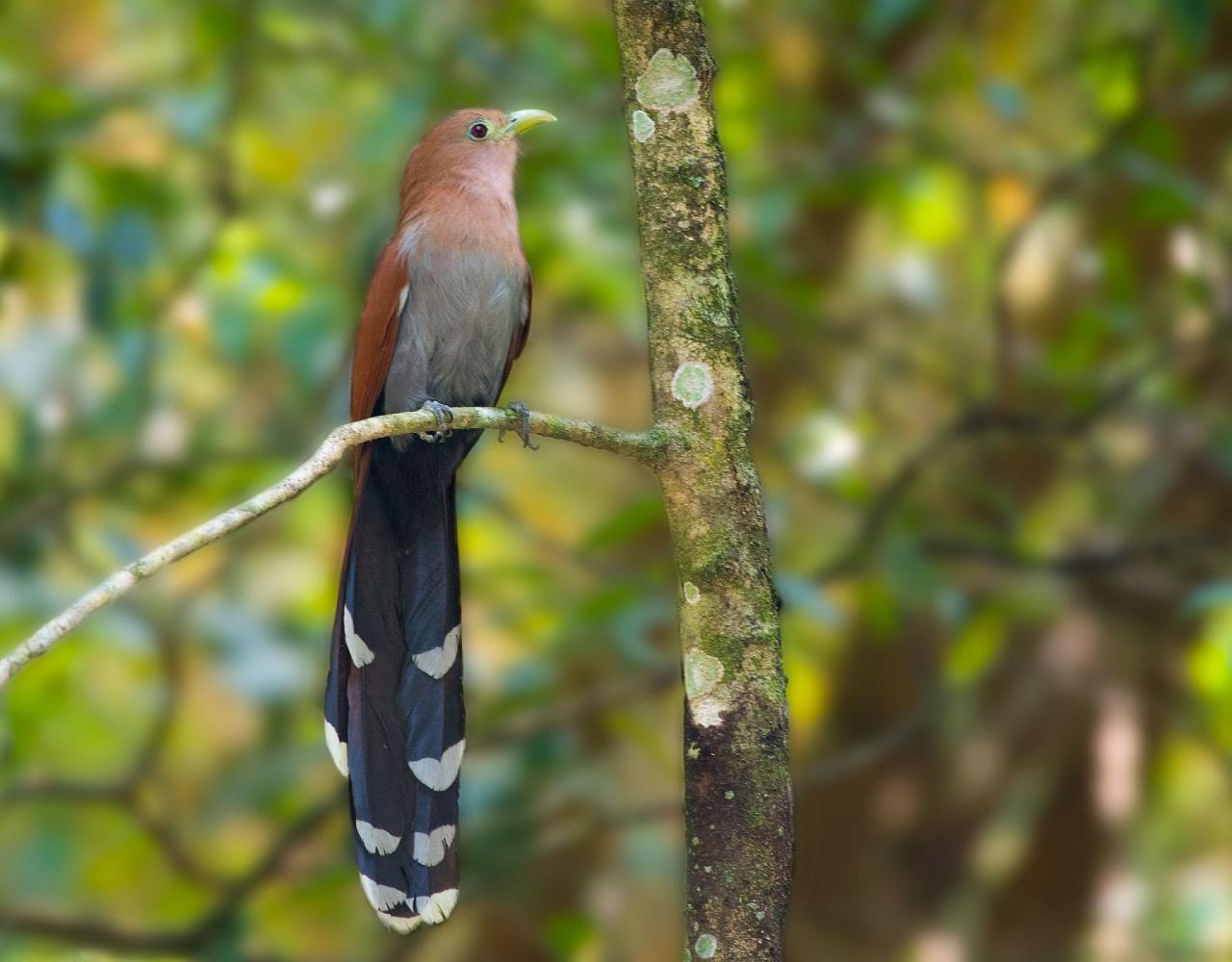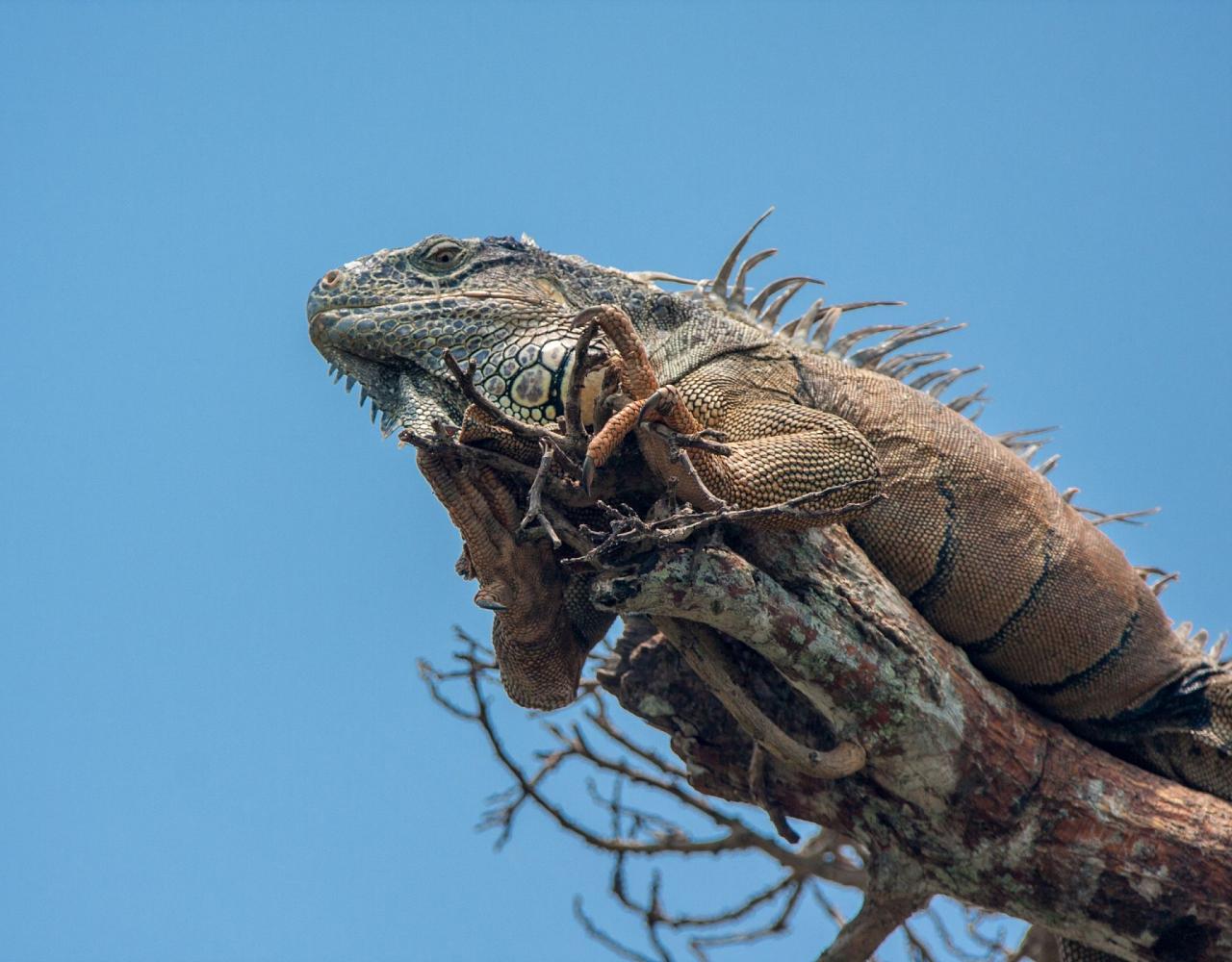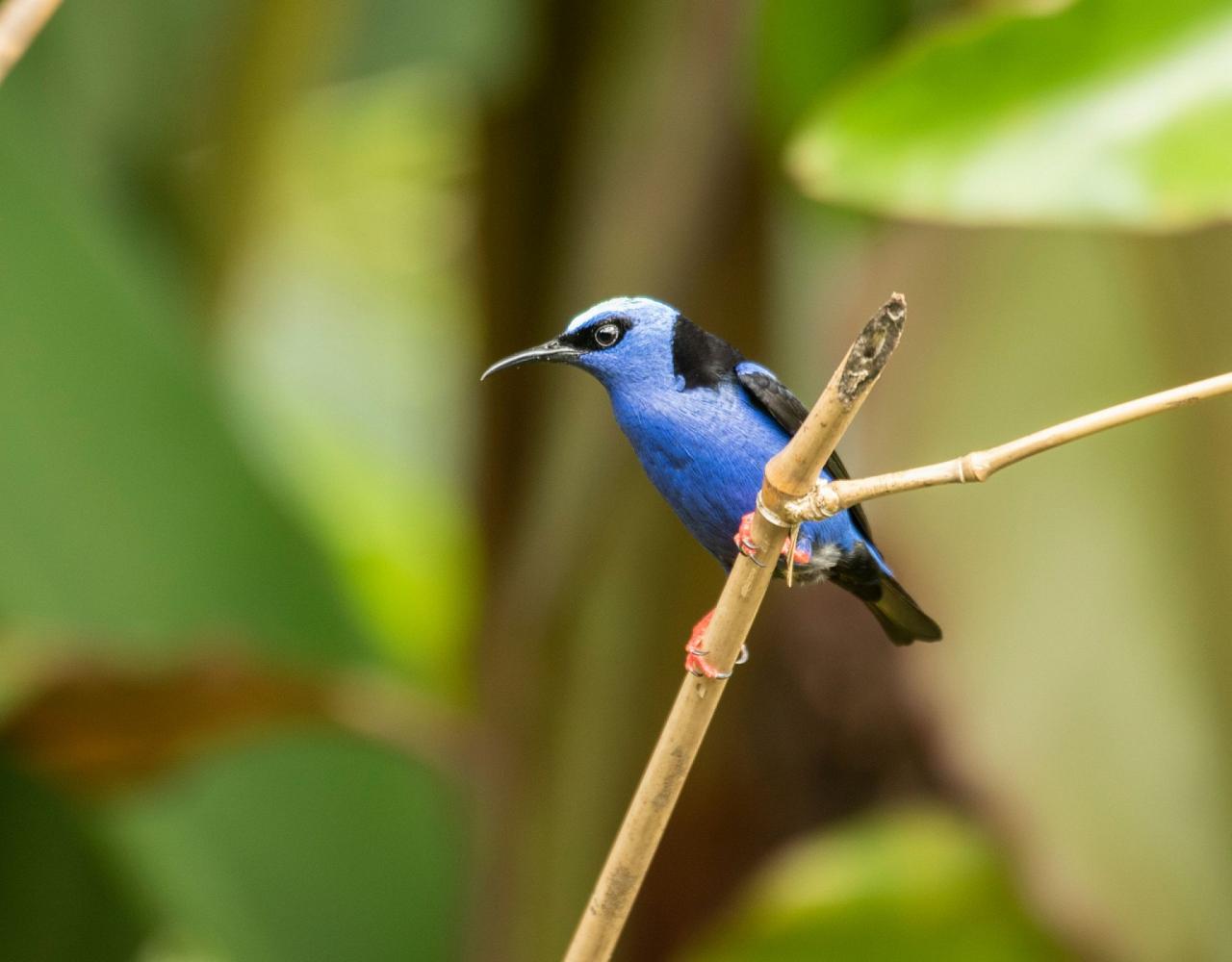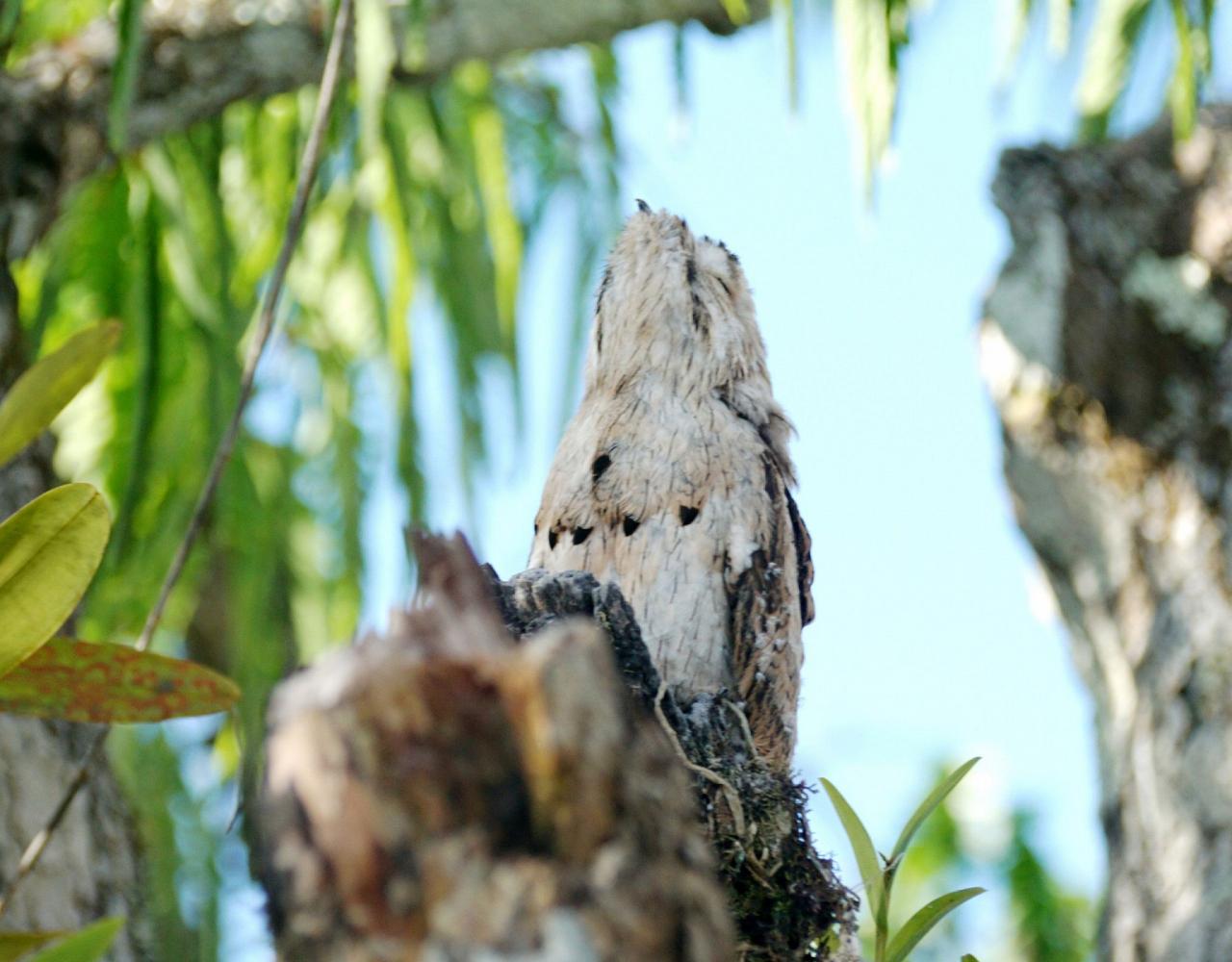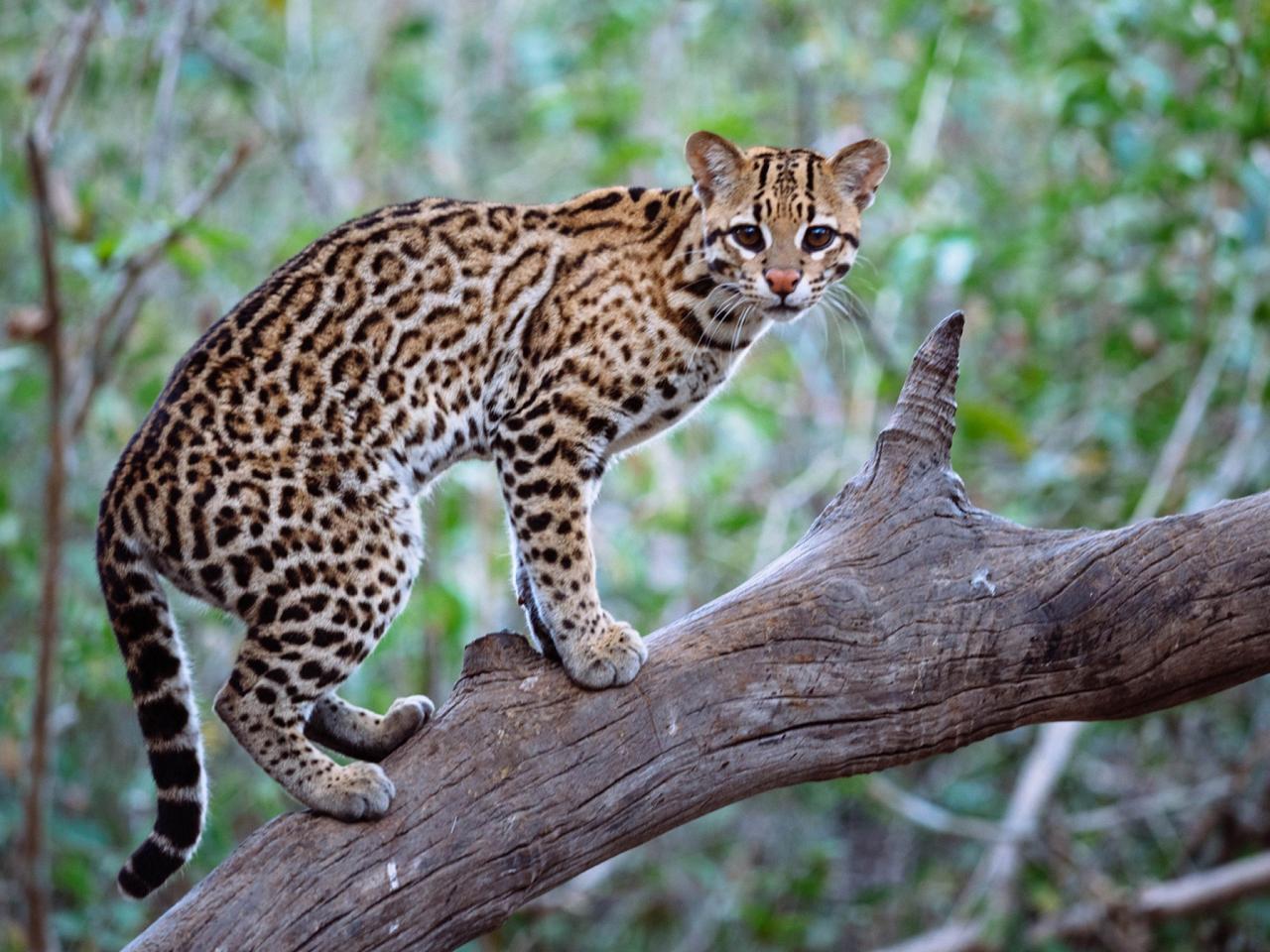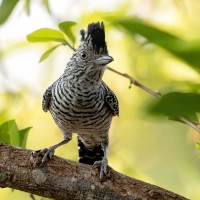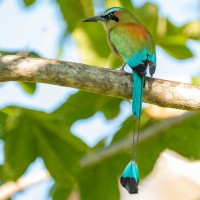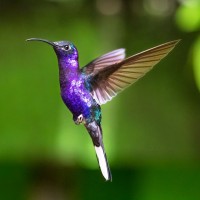- Overview
- Full Itinerary
- Photo Gallery
- Costing
- Travel Details
- Trip Reports
- Guide
- Know Before You Go
- Other Trips You May Like
A quick flight, unpack once, and enjoy! It’s your vacation after all. This one-lodge short and sweet birding blitz trip is perfect to get away in the summer months. We’ve designed this tour to be active, with go-for-it birding, a few fun hikes, and a few longer days out, paired nicely with free time at the lodge, perfect to relax with a cool drink on the veranda, take a dip in the pool, or float the Makal River.
We’ve chosen Black Rock Lodge as our base for this trip because of its keen attention to hospitality and conservation; the local guides here are distinctly impressive. Black Rock’s veranda rivals that of Trinidad’s beloved Asa Wright Nature Centre’s … sit back and let the birds come to you! The lodge has an excellent location to explore from, and it’s easy to enjoy a full day simply exploring and birding around the lodge.

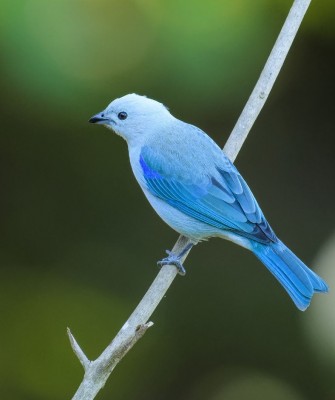

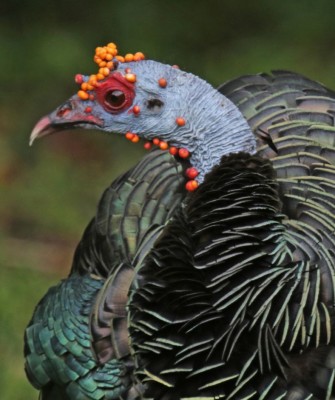
Tour Highlights
- Enjoy both go-for-it birding AND great creature comforts in a total immersion in nature with excellent birding right out your door.
- Soak in the beauty of tropical forests and ever-changing light on the view of unbroken forest rising from the Makal River from the veranda.
- Travel out from the lodge to explore lagoons, pine forests, mountains and waterfalls, gardens and agricultural fields—all contributing more species to our birding blitz
- Be in Belize for the nesting season, enjoy watching fledging toucans, trogons, and raptors
- Prime your camera for some great bird photography or enjoy time to study behavior and flock social dynamics.
- This lodge is known for its raptors, from Orange-breasted Falcon to Black-and-White Hawk-Eagle, hard to spot species are resident here, and guides are familiar with where to find them.
- Revel in sights and sounds of the tropical night on both walking and van excursions.
- Have some fun! Book a massage, swim in a wild river, dine outside in view of the river.
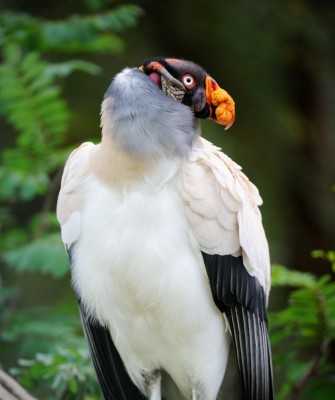
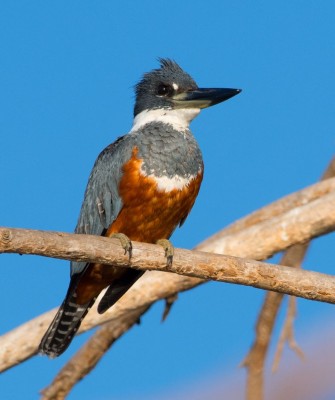
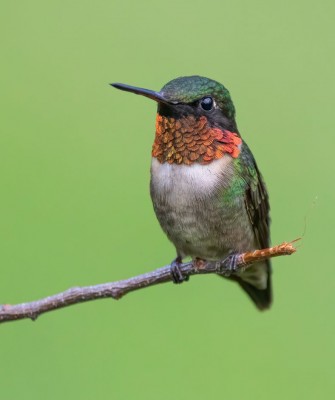
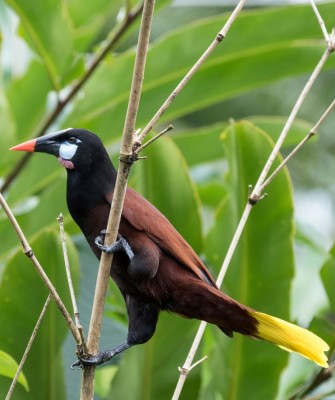
Trip Itinerary
Itineraries are guidelines; variations in itinerary may occur to account for weather, road conditions, closures, etc. and to maximize your experience.
Sun., July 19 Arrivals in Belize | Belize Birding Paradise
Welcome to Belize! It’s hard to believe that just a short two-hour flight from a USA gateway puts you right into the tropical zone. Breathe deep—you are HERE and your vacation starts now. Please plan to arrive by 2:00 PM.
We head out from the airport to reach Black Rock Lodge by late afternoon. On the way, we keep our binoculars handy, scanning fencerows and utility lines for the first birds of the trip. Expect to see Tropical Kingbird, Vermilion and Social Flycatchers, Great Kiskadee, White-collared Seedeater, and Tropical Mockingbird, with Lesser Yellow-headed and Black Vultures soaring overhead. We also keep our eyes open for wading birds in the roadside wetlands and farm ponds as we move into the countryside, watching for Tricolored and Little Blue Herons, Wood Stork, and possibly a Roseate Spoonbill.
We want to arrive at the lodge in time for you to take in the marvelous late-day feeding frenzy on feeders below the veranda. Their lovely veranda here rivals the beloved veranda at Trinidad’s Asa Wright Nature Centre. Our route is about 2.5 hours in total, the last seven miles on a country back road (yes, bumps—that is what keeps the area pristine and wild!). Black Rock’s style is casual, in keeping with the local culture. Its setting is dramatic, above the winding Macal River. Views from the dining area down to the river and out to extensive forested ridges of Don Elijio Panti National Park, a 13,000-acre swath of luxurious rainforest, are sublime. Settle in, scan the sky for raptors, and enjoy the relaxed vibe! The wonderful staff here help to make you immediately feel at home.
Meals here are a delight. The lodge staff harvest daily from their farm and hundreds of on-site fruit trees to make each meal. After dinner, we drive a short way out into a more open area to look for Northern Potoo, nightjars, and perhaps some of the resident owls.
Accommodations at Black Rock Lodge (D)
Mon., July 20 Delights of the Lodge: Birding the Grounds & River
We’ve chosen Black Rock Lodge, because it is the perfect location to kick back and enjoy a week of fun birding. Today we explore the exceptional grounds and gardens at the river’s edge, and we get to enjoy all the extra fun parts that the July green season brings to the Neotropics: big bugs (think hand-sized katydids, not hand-sized mosquitos!), reptiles, and fledgling birds … not much cuter than a baby toucan!
We start the day with a pre-breakfast walk to catch the dawn activity. There are many species close to the lodge and we find them on a bit steep but productive trail with our local guides. Species we look for include Blue-gray and Yellow-winged Tanagers, both Green and Red-legged Honeycreepers, Blue Ground Dove, Roadside Hawk, Olive-throated Parakeet, Red-lored Parrot, Blue Bunting, Barred Forest-Falcon, Rose-throated Becard, Squirrel Cuckoo, and Black-cowled Oriole (just to name a few!).
We tuck into a delicious breakfast back at the lodge, and enjoy another cup of coffee and the birds at the feeders while relaxing on the veranda. Food here is farm to table, and so very fresh. Cheese from the lodge’s goat herd is made on site, and eggs are right from the local flock. We can spend time along the Makal River with your local guide sharing intimate knowledge of nest sites, raptor roosts, and fruit-bearing trees that are magnets for songbirds.
After lunch, the afternoon is yours to siesta, swim, get some shots with your camera, or even float the river if water levels allow. Your lodge guide is on hand and can help with IDs and tell you more about life and Belize and Blackrock’s sustainability goals. A typical July eBird tally reaches over 150 species, including four kingfishers (Amazon, Ringed, American Pygmy, and Green), exciting raptors (Black Hawk-Eagle, Black-and-White Hawk-Eagle, Great Black Hawk, and White Hawk), Pheasant Cuckoo, four trogons (Collared, Slaty-tailed, Black-headed, and Gartered), Lesson’s Motmot, and the possibility of mixed flocks with specialties like both Ruddy and Tawny-winged Woodcreepers.
After dinner, we head out in a lodge vehicle looking for nightbirds, possible mammals, and large nocturnal insects.
Accommodations at Black Rock Lodge (B,L,D)
Tues., July 21 Pine Ridge Birding | Green Hills Butterfly Farm
This morning we head out to Pine Ridge, a higher elevation plateau that holds extensive Caribbean pine stands. Yellow-backed and Yellow-tailed Orioles, Acorn and Golden-olive Woodpeckers, Green Jay, Ferruginous Pygmy-Owl, Masked Tityra, Slaty-tailed Trogon, and Plain Chachalaca, as well as several hummingbirds, including Azure-crowned, can be found here. Neotropical migrants overwinter here, too (including southwestern birds such as Greater Pewee, Grace’s Warbler, and Hepatic Tanager), and some or all of these should be active when we arrive. Watch for King Vulture overhead. In this area we may find Rufous-capped Warbler, Yellow-faced Grassquit, Gray-crowned Yellowthroat, Yellow-bellied Elaenia, Dusky-capped Flycatcher, Collared and Black-headed Trogons, Pale-vented and Scaled Pigeons, various woodcreepers, and noisy flocks of Lesser Greenlet. Under the pines we enjoy a picnic lunch.
En route back to the lodge we stop at the fun Green Hills Butterfly Ranch, where we see a host of hummingbirds at close range. Species include White-necked Jacobin, Long-billed Hermit, Green-breasted Mango, Canivet’s Emerald, and possibly both Wedge-tailed and Violet Sabrewings. We also find a host of other birds in the lush gardens. The ranch is home to 30 species of native butterflies, including massive Blue Morpho, gorgeous Gold-edged Owl, and pretty Mexican Bluewing.
Then it’s back to the lodge to relax and have some free time before another fantastic farm to table dinner and to go over our species list for the day.
Accommodations at Black Rock Lodge (B,L,D)
Wed., July 22 Spanish Lookout | Aguacate Lagoon
We head off on a birding adventure this morning, stopping at a few of the guide’s favorite places. After a few stops, we drive on to the Mennonite village of Spanish Lookout. In this agricultural area we find Tropical Kingbird, Vermilion and Social Flycatchers, Great Kiskadee, Morelet’s Seedeater, Tropical Mockingbird, and Black Vulture soaring overhead. Blue-gray and Yellow-winged Tanagers, Red-legged Honeycreeper, Blue Ground-Dove, Roadside Hawk, Olive-throated Parakeet, Red-lored Parrot, Blue Bunting, Barred Forest-Falcon, Rose-throated Becard, Squirrel Cuckoo, and Black-cowled Oriole are other possible species.
Just twenty minutes down the road is one of the best birding hotspots in all of Belize: Aguacate Lagoon. This is a private wetland preserve of nearly 300 acres. We look for a variety of herons and egrets, resident Laughing Falcon, and other species. Black-throated Bobwhite can appear here in July, woodpeckers including Black-cheeked, Pale-billed, Linneated, and Chestnut-collared frequent the trees, Eastern Meadowlarks sing a lovely chorus, and parrots may be on the wing, including White-crowned Parrot, and three Amazons: Red-lored, White-fronted, and Mealy. More secretive species may be found such as Mayan Antthrush, and flycatchers are numerous, all the more reason to be here with a great guide! The lagoon is named for the many avocado trees that grow here now, planted in the early 1960s by Mennonite farmers.
Throughout our day we hope for mammal sightings, too—possible are White-nosed Coatimundi, Kinkajou, Deppe’s Squirrel, and Yucatan Black Howler Monkey. We return late in the day to relax, watch birds come in to roost, and then enjoy dinner at the lodge.
Accommodations at Black Rock Lodge (B,L,D)
Thurs., July 23 Don Elijio Panti National Park
Today we stay local, but for those that wish, enjoy the opportunity to really stretch our legs (and lungs) on a mountain hike. Just across from Black Rock Lodge is Don Elijio Panti National Park; here we can take a hike on a steep but scenic trail up to a viewpoint. As we walk, we learn about this park’s interesting history and learn about Elijio Panti, thought to be the last Maya master healer in Belize.
We cross the river by canoe to the start of the trailhead. As we work our way up the mountain, we learn about many of the medicinal plants used by healers. We watch for wildlife, including those fun green season insects, butterflies, and of course keep our eyes peeled for Collared Trogon, cute Green Shrike-Vireo, Thicket Tinamou, Rufous-tailed Jacamar, Stub-tailed Spadebill, Ochre-bellied Flycatcher, Northern Emerald Toucanet, and more. The highlight of the hike is reaching the summit of the mountain and witnessing the incredible views of the Black Rock Valley.
Those that do not wish to hike can enjoy a free morning to relax, bird the grounds, do some photography or enjoy a swim or tubing in the river.
Then, it’s back down the mountain for lunch at the lodge and a siesta before we set of to the Belize Botanical Garden, just down the road. Located on the banks of the Macal River in the Maya Mountains, the gardens host 45 acres of tropical wonder. Orchids, palms, cycads, and edibles abound. Watch for Common Tody-Flycatcher, Rose-throated Becard, Tody Motmot, and both Sulphur-bellied and Royal Flycatchers. It’s a great place for birds and butterflies too!
Tonight after dinner we ] experience a tropical night on a walk, quite different from our night drive. We stroll at a naturalist’s pace and see what shares the night with us! Summer rains bring a burst of life, and we may find large insects, tarantulas or other spiders, reptiles, bats, and night birds.
Accommodations at Black Rock Lodge (B,L,D)
Fri., July 24 Caracol with Birding … Yes! A Full-Day Adventure
If you prefer not to drive today, plan to spend time at leisure on the grounds. You can enjoy a massage (you need to book in advance) or stroll through the grounds and gardens.
Option One: Caracol Maya Ceremonial Center
This is a long, but incredible day. It’s also conditional on the road being dry enough to get to the ruins, since the road can be impassible if wet. After coffee and a quick bite this morning, we leave to reach Caracol during the cool of the day—the best time for birding and exploration of the site. En route we move from the well-drained granitic soils that favor pines to limestone substrates that give rise to broad-leafed forest, resulting in a significant change in avifauna. The birding on the drive is excellent, and we could have looks at Keel-billed Toucan, Ocellated Turkey, and possibly Laughing Falcon as we descend into the lower woodlands. At the river that divides the Mountain Pine Ridge from the rest of the Maya Mountains, we may even have a chance to glimpse the rare Scarlet Macaw.
Caracol is a famous Maya site within the remote Chiquibul National Park that rivals Guatemala’s Tikal in size and scope. Although loggers discovered the site in 1938, only in the last three decades has it been restored and opened to visitors. Walking the area today, we find a marvelous blend of nature and history, with lush broad-leafed forests intertwining and surrounding five plazas, numerous stelae, pyramids, hieroglyphics, and an astronomy observatory. Particularly stunning is the temple of Caana, or “Sky Palace;” at nearly 140 feet, it is one of the tallest known Maya structures. The Mayas here were at the peak of their influence during the latter part of the Classic Period, approximately 400 – 850 A.D. We explore both forest trails and Maya ruins, learning about the latest discoveries at Caracol, quite likely the city from which Guatemala’s Tikal was conquered in 562 A.D.
The birding at Caracol is extraordinary and we hope to see Montezuma Oropendola, several parrots (including White-crowned, Brown-headed, and Red-lored), all three species of Belizean motmots (Lesson’s, Tody, and the rare Keel-billed), Black-cheeked Woodpecker, Collared Aracari, and the colorful Crimson-collared Tanager. The area also supports Great Curassow and Crested Guan. The exceedingly rare Lovely Cotinga, perhaps Belize’s most colorful songbird, is occasionally observed here, and scarce raptors like Ornate and Black Hawk-Eagles have also been reported at Caracol.
After our picnic lunch we head back to Black Rock Lodge, stopping along the way at the Rio Frio Cave with its quiet pools and impressive formations. The shaded forest trails leading to the cave offer the chance to observe seldom seen understory species like Orange-billed Sparrow and White-throated Robin, as well as both Red-throated and Red-crowned Ant Tanagers (not often seen together) and possibly Plain Xenops, a tiny acrobatic species that gleans insects from the underside of leaves.
Option Two: Take the day for yourself at leisure.
You can book a massage, relax or stroll the lodge grounds, take a swim or focus on photography, and then meet up with the rest of the group to review our bird list for the day before enjoying a final celebratory dinner together, recounting our fun over the last week.
Accommodations at Black Rock Lodge (B,L,D)
Sat., July 25 Departures
Our adventure comes to an end today. To ensure a smooth connection, please plan your international flight to depart after NOON today. (B)
Cost of the Journey
Cost of the tour is $3295 DBL / $3775 SGL and includes ground transportation within Belize; professional guide services; park, preserve, and other activity fees; and miscellaneous program expenses.
NEW! all tips other than your NJ guide (optional) and local guide are included (this includes tips for your driver, lodge and staff, day activities, meals and other services).
Tour price does not include: roundtrip airfare to and from Belize City or items of a personal nature such as laundry, telephone charges, or drinks from the bar.
Travel Details
Please plan to make air travel plans only after the minimum group size has been met. We will send you a confirmation email as soon as the trip has been confirmed.
Arrival and Departure Airport: Philip S.W. Goldson International Airport (BZE) in Belize City
Arrival Details: Plan to arrive July 19, no later than 2:00 PM
Departure Details: Plan July 25 flights after 12:00 PM
Travel Tip: You may wish to arrive a day early and rest up from your travels. While there are a few things to do in Belize City, most attractions are located about an hour away and would require a taxi or hiring a guide. The Belize Zoo is home to only native wildlife that have been abandoned, orphaned, or injured. It’s a great way to see almost 50 species of native animals. Does exploring an ancient Mayan city seem appealing? Then head about 30 miles north of Belize City to Altun Ha, an important archaeological zone that covers about 5 square miles. If you’re looking for something right in town, you can explore the rich culture and history at the Museum of Belize.
Hotel Recommendations: The Black Orchid Resort is about 20 minutes from the airport and they can arrange transfers. There is a restaurant on site and hotel staff can assist with booking outings. You can also relax on site and bird along the river. On the start date of the tour, drivers from the Black Rock Lodge can pick you up here so you do not have to go back to the airport.
Browse below for trip reports and species lists from past versions of this and other tours from this destination.
Belize
- March 2014
- February 2016
- January 2017 (w/Cave Creek Ranch)
- February 2017 (Private Tour)
- February 2017
- January 2018
- March 2018
- January 2019
- March 2019
- January 2020
- February 2020
- March 2020
- July 2021
- October 2021
- November 2021 (Birds & Beaches)
- December 2021
- January 2022
- March 2022
- November 2022
- January 2023
- February 2023 (3 Lodge Tour)
- March 2023
- November 2023 (3 Lodge Tour)
- January 2024
- February 2024 (Classic Tour)
- February 2024 (3 Lodge Tour)
- March 2024
- July 2024 (Green Season)
- December 2024 (Christmas Tour)
- January 2025 (3 Lodge Tour)
- February 2025
- March 2025
- October 2025
- November 2025 (Three Lodge Tour)
Southern Belize
- March 2018
- February 2019
- February 2020
- March 2021
- February 2022
-
James P. Smith

James brings some twenty five years of guiding experience to Naturalist Journeys. Originally from Sheffield in the United Kingdom, he discovered a love for guiding in Israel in 1995 where he helped establish the Kibbutz Lotan Center for Birdwatching in the Southern Arava Valley. Since then, he’s led hundreds of tours throughout the Northern Hemisphere for a number of UK-based tour companies. His trips to Israel and North America are especially close to his heart but he’s also led or co-led tours to Mexico (Veracruz), The Gambia, Kenya, Iceland, Scottish Highlands, Spanish Pyrenees, Central/Southern France, Greece (Lesvos), and India (Goa). An accomplished illustrator, James placed runner-up in the British Birds “Bird Illustrator of the Year” competition in 1992 and went on to have his work published in numerous birding magazines and journals. He also co-authored the two volume set A Guide to the Birding Hotspots of Israel (Published in 2000 by the Israel Ornithological Center and the S.P.N.I.). He returns to Israel every year to lead trips and remains an active member of the Israel Rarities and Distribution Committee. When not leading tours he can be found at home in Western Massachusetts with his wife Susannah and their young son Matan.
Other trips with James P. Smith
-
 Trinidad & Tobago: Incredible Birds & Wildlife CLOSED - See our other January departure!January 4 - 13, 2026
Trinidad & Tobago: Incredible Birds & Wildlife CLOSED - See our other January departure!January 4 - 13, 2026 -
 Belize: Three Great Lodges FULL - See our March departure!February 18 - 28, 2026
Belize: Three Great Lodges FULL - See our March departure!February 18 - 28, 2026 -
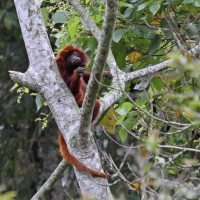 Colombia: Santa Marta & the Atlantic CoastMarch 10 - 20, 2026
Colombia: Santa Marta & the Atlantic CoastMarch 10 - 20, 2026 -
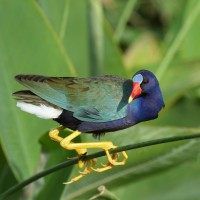 Texas Coast & Big ThicketApril 15 - 23, 2026
Texas Coast & Big ThicketApril 15 - 23, 2026 -
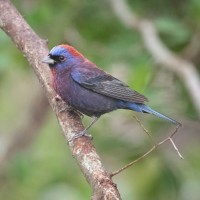 Texas Hill CountryApril 24 - 29, 2026
Texas Hill CountryApril 24 - 29, 2026 -
 Cape May: Spring MigrationMay 12 - 18, 2026
Cape May: Spring MigrationMay 12 - 18, 2026 -
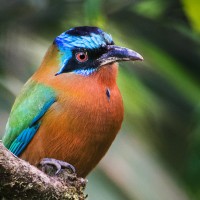 Trinidad & Tobago: Incredible Birds & WildlifeJune 15 - 24, 2026
Trinidad & Tobago: Incredible Birds & WildlifeJune 15 - 24, 2026 -
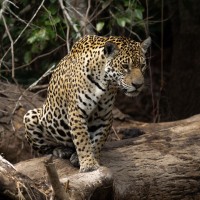 Brazil’s Pantanal: Jaguars! And More… FULL - See our June Departure!August 15 - 25, 2026, w/Amazônia extension
Brazil’s Pantanal: Jaguars! And More… FULL - See our June Departure!August 15 - 25, 2026, w/Amazônia extension -
 Grand Oaxaca: Valley, Mountains & Coast October 19 - 30, 2026
Grand Oaxaca: Valley, Mountains & Coast October 19 - 30, 2026
-
Essential Information +
Pace & Protocols +
Packing List +
Suggested Reading List +
Useful Links +
Photo credits: Banner: Collared Aracari by Greg Smith; Keel-billed Toucan by Narca Moore-Craig; Red-legged Honeycreeper (NJ Stock), Howler Monkey (NJ Stock) Thumbnails: Gartered Trogon (NJ Stock), Blue-and-gray Tanager (NJ Stock), Emerald Toucanet (NJ Stock), Ocellated Turkey (Peg Abbott), King Vulture (NJ Stock), Ringed Kingfisher (NJ Stock), Ruby-throated Hummingbird (NJ Stock), Montezuma Oropendola (NJ Stock)





